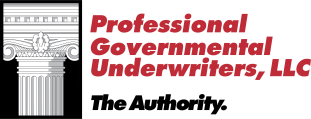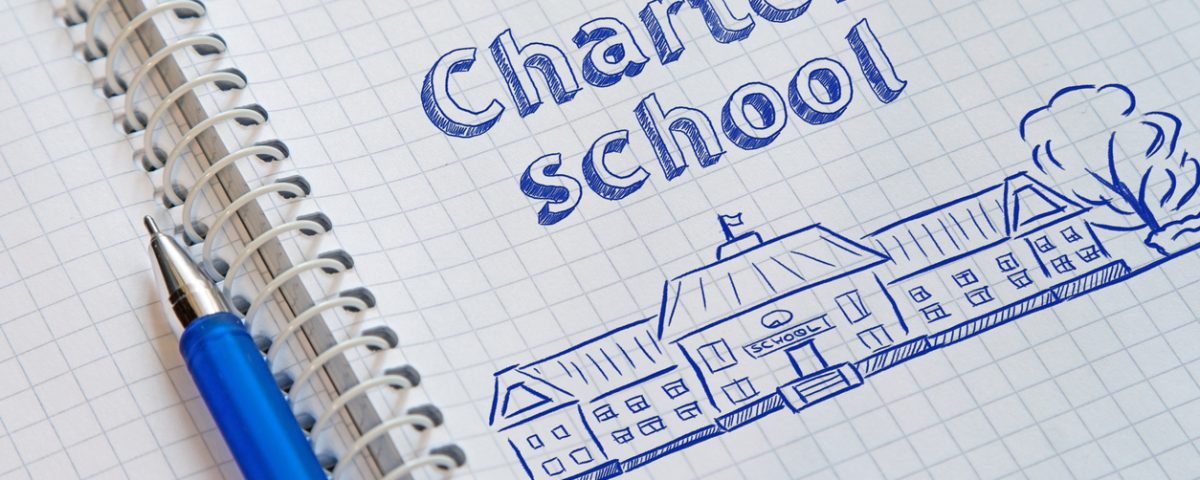The Challenges of Charter School Facilities

Tips for Teachers to Work with Students with Communication Disorders
August 3, 2021
Successes and Struggles of Charter Schools
August 23, 2021The Challenges of Charter School Facilities
As an insurance broker, your clients are going to seek your advice for the best protections against their risks and exposures. The exposures each client faces will vary according to industry and operations, as well as whether you are dealing with commercial or personal insurance lines. In the area of education, those who operate charted schools face a number of challenges that aren’t always present in a public institution. Knowing these challenges enables you to guide them to a policy that addresses their significant liabilities and stays within the budget.
4 Stressors Impacting Charter School Operations
Charter schools are unlike traditional schooling options, as these are run by private boards and not strictly regulated by state standards with regard to curriculum and instruction. A charter school has access to public funding, but not to the extent of public schools. Charter schools also face more intense scrutiny with regard to spending as these schools fall into the category of schools of choice. It is the financial situation of charter schools that is at the heart of many of the operating challenges.
1. Lack of Owned Facilities
Charter schools present an education that can rival that of public schools, but a large majority of charter school organizations do not own their own building or property. In many cases, these institutions are educating children in facilities that were never intended to be an education center. There could be restrictions on uses or changes made to a facility when the charter school is the leasee, impacting how effectively students can be educated.
2. Limited Growth Opportunities
These schools are growing in demand, yet potential growth is hampered by a lack of a space in current facilities. One problem with renting or leasing space in a particular building is that expansion isn’t always possible. Current facilities aren’t big enough to handle the projected growth charter schools are expected to have over the next five years.
3. Poor Facility Funding Assistance
These schools receive limited financial assistance, and many organizations must divert funds away from the education needs of the pupils in order to make repairs or adjustments to the school facilities themselves. Maintaining a facility, whether renovating it to be acceptable for use as a school or upgrade features to account for the technology or instruction requirements, can be paid for out the state’s facilities allowances, but usually, this is hardly enough to take care of critical space needs.
4. Outdated Amenities
Charter schools working in facilities that were not supposed to house classrooms often lack specialized instruction areas. Things like computer labs, libraries or science labs are vital parts of a comprehensive, relevant academic curriculum, but charter schools in leased facilities don’t have the space to include these amenities.
Financial limitations and a lack of adequate space are two serious problems facing charter schools. Working through these challenges and offering insight on alternative solutions can create a stronger broker/client relationship.
About PGUI
Professional Governmental Underwriters, Inc., is a full-service risk management company
dedicated to assisting public, educational and non-profit entities in the management of their
professional liability exposures including educators liability insurance. We are dedicated to
providing state-of-the-art professional underwriting management and loss control advisory
services on behalf of our designated carriers. For more information, call us toll-free at (800)
586-6502.


